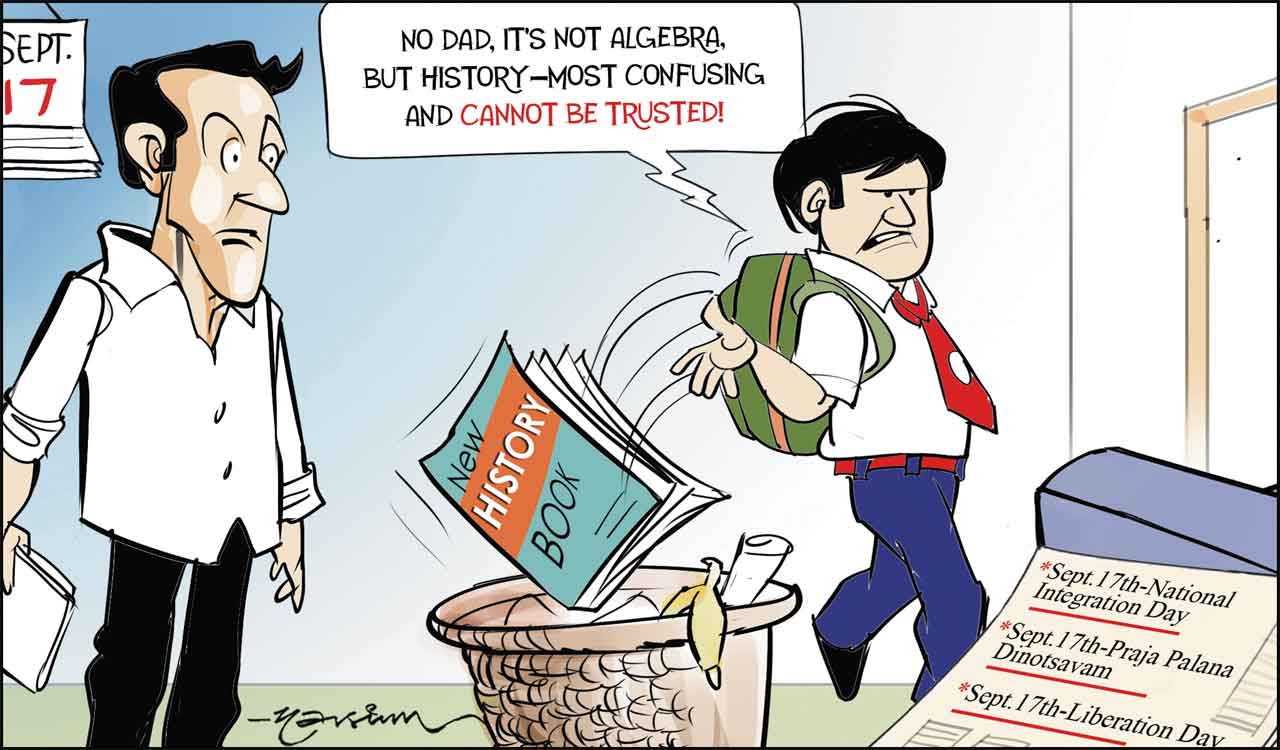By Peter Greene,Senior Contributor
Copyright forbes

Guess which hand is the teacher’s
The teacher pay penalty is the gap between the weekly wages of teachers and the wages of other college graduates. According to a new report from senior economist Sylvia Allegretto at the Center for Economic and Policy Research, that gap is now at a record high.
The relative pay penalty is adjusted for education, experience, and demographic characteristics. CEPR says that the penalty has accelerated over the past three decades. CEPR figures show that teachers’ real wages have declined by over 5% since 1996.
The CEPR report finds many ways to break that pay gap into concrete terms. On average, says Allegretto, teachers made 73 cents for every dollar earned by similar professionals in 2024. Over the last decade, CEPR’s inflation-adjusted figures show that the weekly wages of teachers dropped by $46.39, but for other college graduates increased by $220.46.
The gap between weekly teacher wages and wages for other professionals grew to a record 26.9%in 2024. In 1996, that gap had stood at 6.1%. Most of the growth has come from increased earnings in other professions, while teacher wages have stayed relatively flat and stagnant.
These findings matter because of their implications for filling teaching positions in this country. Last year, “What Do We Know About the Extent of Teacher Shortages Nationwide? A Systematic Examination of Reports of U.S. Teacher Shortages”, first published in August as a working paper from the Annenberg Institute at Brown University, outlined the many areas of staffing difficulty in states across the US. This spring, Ed Fuller, a professor in the Education Policy Studies department of the College of Education at Penn State, released a study showing Pennsylvania’s troubles.
MORE FOR YOU
In Pennsylvania, Fuller points to trouble with the new teacher pipeline. He estimates that the state needs 8,000-10,000 new teachers to graduate from college programs every year, but for several years the actual number has been no higher than 6,500.
While it isn’t the whole picture, the teacher wage penalty certainly can’t be helping teacher recruitment. When college freshmen are picking a major, education departments can expect to have trouble recruiting when their major promises a 27% cut in future earnings compared to every other department at the school. If a student is looking to balance the high cost of college against future financial prospects, teaching is not looking like the strongest choice.
Allegretto shows that the teacher pay penalty varies by state. In nine states (Kentucky, New Hampshire, Missouri, Oklahoma, Virginia, Minnesota, Arizona, Alabama, and Colorado) have teacher pay penalties of over 30%. Five states (South Carolina, Vermont, New Jersey, Wyoming and Rhode Island) have gaps under 15%.
Allegretto notes that in many cases, public school teachers have better benefit packages than other college graduates, but that this difference is not at all enough to offset the wage gap.
The solution to the issue is not complicated–pay teachers more. Finding the political will and power to implement that solution, however, turns out to be a much larger challenge. CEPR has been conducting this analysis for many years, and Allegretto writes in her conclusion:
Regrettably, sustained and effective policy interventions capable of mitigating, much less substantially improving, the trends outlined in this long-running series have been lacking. This is a troublesome reality, especially in the United States—a country that has more than enough resources and wealth to be the envy of public education around the world.
The United States can try to give college students sufficient motivation to sacrifice future career earnings for a job in teaching, or find a way to mitigate that sacrifice.
Editorial StandardsReprints & Permissions



